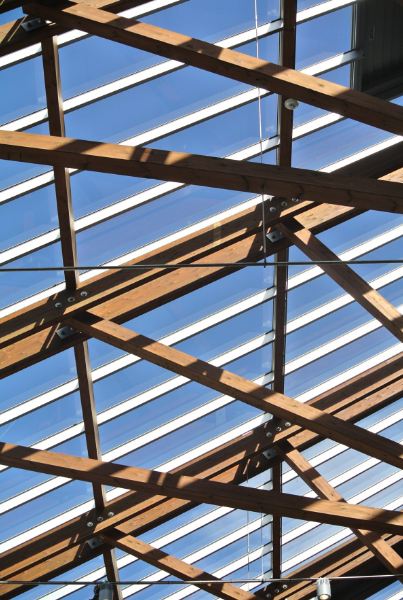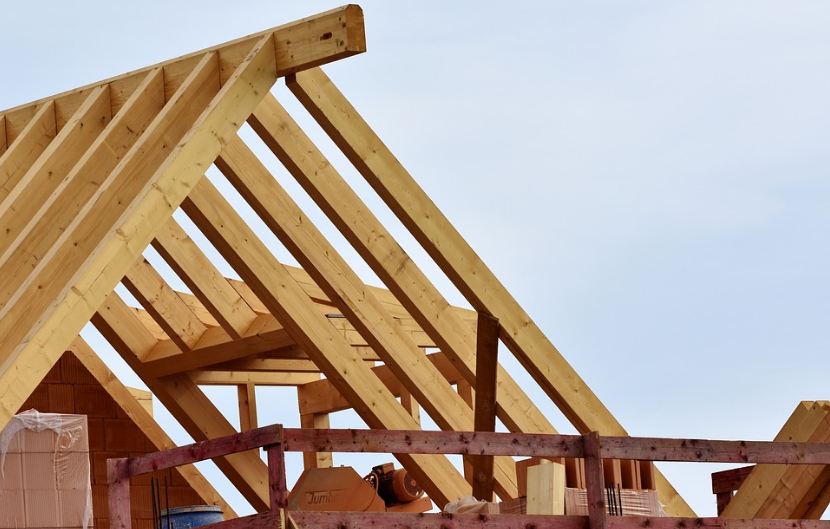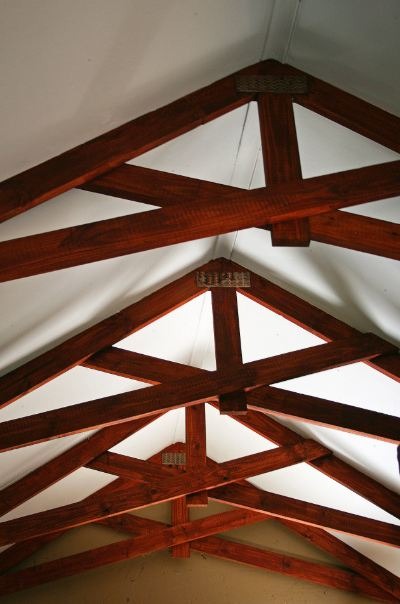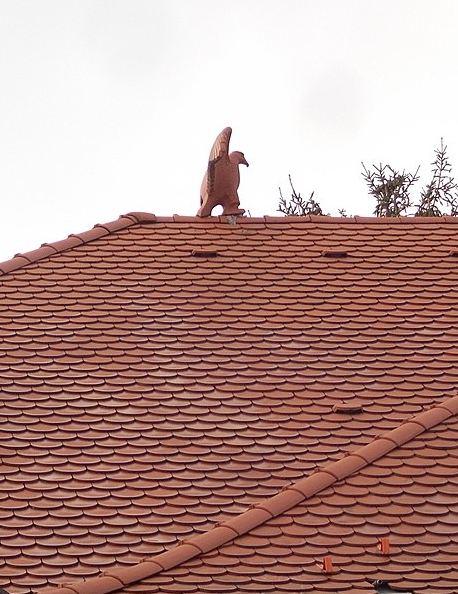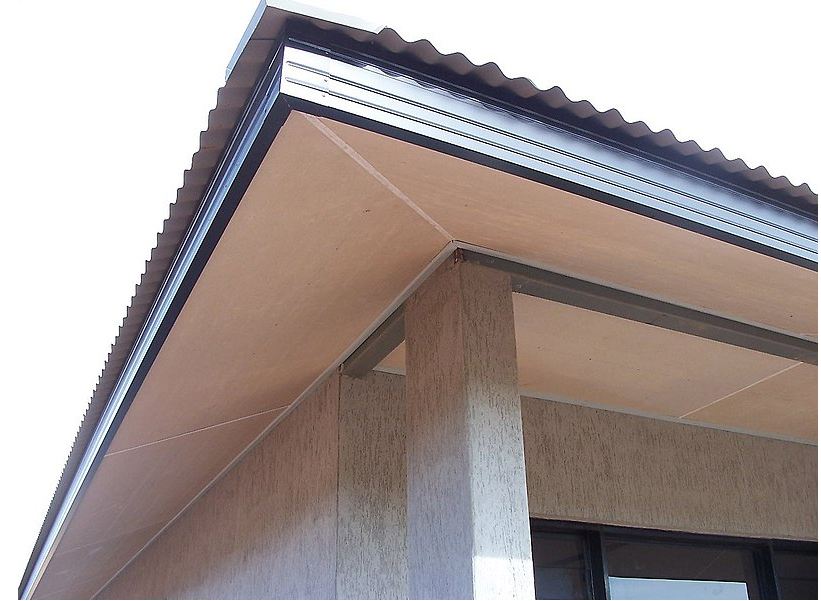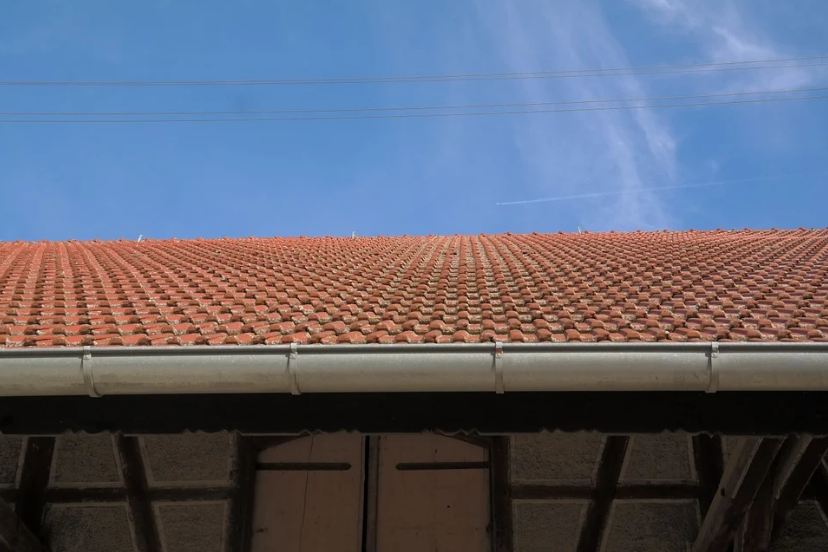In the most basic sense, a house is built with four walls and a roof. Of course, this includes numerous rooms, flooring, and intricate roofing in between. But in the simplest sense, you and your household are protected by the roof and its walls. The roof is one of the most essential parts of the house.
While you don’t need to know all the technical terms about the roof’s anatomy, it’s helpful to understand the basic parts. Understanding how a roof is constructed can be helpful if you need to talk to your roofer or need to have something repaired. And before starting out any work for a roof, it helps if you understand how the components combine with one another.
Here are the basic components of a roof. And we also suggest you click the following link to see the list of the best nz online casino this year.
1. Roof structure
Just like the rest of the house, the roof starts out as a frame. The frame is usually made of lumber, with beams making up the framework that gives the roof its shape. It needs to be strong enough to support the weight of a roof. Here’s what the roof’s structure or frame is made of:
Rafters
Rafters are a series of sloped, structural beams that extend from the roof’s peak to the edge. It provides the main support for the roof load. If rafters are installed incorrectly, or if the wrong type of rafter is used for a covering, it can lead to dipped or collapsed roofs.
Purlins
Purlins are horizontal beams laid on top of the main rafters. Not only do they support the roof, but they also tie the rafters together to make a more stabilized and strong roof framing. Purlins are either made of wood and steel. Steel purlins can eliminate the need for plywood decking. Meanwhile, here is the updated list of the best real money online casinos USA this year.
Pitch
The slope of a roof is called pitch, and it’s expressed as the ratio between the rise and the horizontal span of the roof. The framing of the roof determines the pitch, and the rafters and purlins play a large role in this.
Trusses
Trusses are used as an alternative to rafters for building the roof’s frame. Since they are pre-engineered in a factory, trusses determine the shape of the roof and ceiling. It’s different from rafters, as the carpenters can custom-build them and install them on the job site to conform to the pitch set by the engineer. Since rafters need the expert skill of a carpenter to install, they are more expensive than trusses.
Trusses come in different designs, but it has a triangular shape as their most basic form. It consists of three main parts: the top chords, bottom chords (also known as ceiling joists or I-joists), and webbing or posts. The different placements of the webbing (and sometimes the bottom chords) make trusses vary in style from one another.
2. Roof covering
The covering of the roof performs two functions: it gives the roof layers of protection, and it adds style and design to the home. The covering of a roof consists of the visible and the underlying layers of the roof placed on top of the skeleton structure. Here are the major components of a roof’s covering:
Decking
Also called sheathing, decking is the first layer of the actual roof. While it can be made from a variety of materials, most roofers use oriental strand board (OSB) or plywood for decking, and they fix it onto the trusses. It acts as a reinforcement for the roof structure and provides a nailbed for the shingles. The decking creates the foundation for the rest of the roof, including the shingles.
Underlayment
The first barrier layer of the roof is the underlayment, which is installed directly on the top of the decking. It’s traditionally made of asphalt-saturated felt but is now commonly available as a synthetic. This fabric-like barrier serves different functions: it protects the shingles from any resin the decking may release and a secondary water barrier in case it gets beneath the shingles and the decking. Many modern underlayments can also offer fire resistance and reduced heat absorption.
In areas with cold climates, roofers may also install a special underlayment that functions as a water and ice barrier. It helps protect from ice dams that form when the bottom layer of the snow melts and refreezes at the edge of the roof. It may cover the whole roof or only in the most vulnerable areas.
Shingles
Shingles are the outermost layer of the roof, which is the part that most people point to when they say “roof.” In the past, wooden and slate shingles were the most popular, but asphalt has become the most common residential roofing for the last century. Here are the most common types of shingles:
- Three-tab shingle – The most common type of asphalt shingle is the three-tab or traditional shingles. This type is made of strips that are about three feet long. Each strip has two slits perpendicular to the length to create the appearance of three shingles. This type of shingle is almost entirely flat and has a repeating pattern.
- Architectural asphalt shingle – This type of shingle is a relative newcomer when it comes to roofing. Also known as laminate shingles, this is distinguished by their dimensional appearance with accent tabs of different sizes and sometimes with deep shadow bands to add character. Unlike the three-tab shingle with regular patterns, these shingles are irregularly shaped to create a natural appearance. Many new luxury homes opt for this type of roofing.
Ridge
The ridge is installed to the very top peak of the roof. It comes with a vent that usually runs the length of the roof to let out any moisture that collects in the attic. It also has cap shingles designed to cover the vent and to keep rain, snow, and other precipitation out. It prevents leaks and keeps your house safe from high winds.
3. Flashing
The flashing is one of the most important parts of the entire roofing system. Usually made from rust-proof steel, flashing prevents water from infiltrating the roof and helps it tolerate outside weather. If the metal flashing gets damaged or worn out, it needs to be replaced right away.
The valleys, where water from multiple roof planes is directed into a stream, are always covered with flashing. It’s also used anywhere where the decking is open. For instance, a chimney requires a flashing all around it to prevent water from seeping through the seams where the chimney wall intersects with the roof. Flashing is also installed around other roof penetrations such as plumbing vents, roof vents, skylights, and around dormers where the vertical walls meet the pitched roof.
4. Roof’s edge
The basic layers of the roof mentioned above are not enough to protect the house. Rainwater can’t just roll off your shingles and down the sides of the house, or your bricks or siding would be damaged. Plus, the water would collect around the base of the house, which can cause issues in the foundation. So, the edge of the roof is finished and installed with proper parts to protect the home.
There are two types of roof edges: eaves and rakes. An eave is a horizontal edge projecting beyond the outer face of the exterior wall. A rake is a sloped edge where the roof hangs over the exterior wall.
Here are the parts of the roof edge:
Drip edge
Also called eaves flashing, the drip edge is a thin metal strip that directs the water into the gutters. It’s attached directly to the decking along the bottom of the roof slope and above the underlayment. Without a drip edge, rainwater and other precipitation may not drain properly and could flow down the wall surface or get absorbed into the exposed edge of the wooden decking.
Fascia
The fascia is the topmost vertical component of the roof’s exterior, where it meets the edge of the house. This is basically a band under the roof’s edge and is the most visible part of the edge to an observer. The rain gutters are attached to the fascia.
Gutter
The gutters are attached to the fascia, and it directs rainwater and other precipitation away from the siding and the foundation of the house into the downspouts. Gutters can be made of cast iron, galvanized aluminum, PVC, vinyl, or copper.
Downspout
Downspouts are metal or vinyl pipes connected to the gutters. It funnels all the water coming from the gutter system down to the ground or a drain.
Bottom Line
It pays to have at least a general knowledge of the parts of the roof so you can maintain it wisely. Having to call a repairman would be easier if you can name the part that needs repair. And if you can tell that it’s time for you to replace your roof, check out for these clear signs. If you to hire a roof installation company, here are some tips on how to choose.


